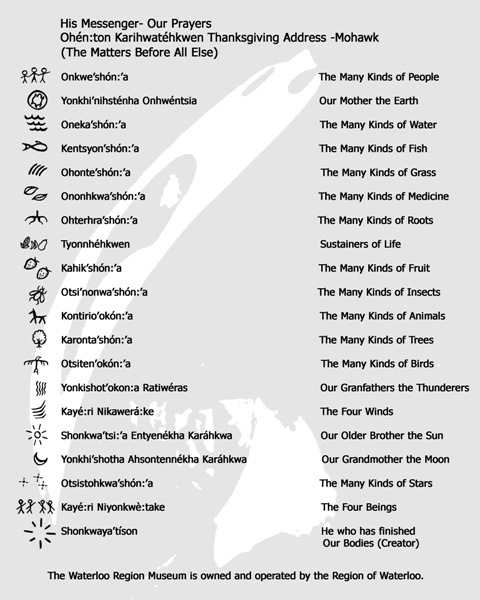TORONTO — The sculptor and his long-departed subject are sending exactly the same message, not only to First Nations but to anyone who chooses to learn from it.
"I think the legacy of Tom Longboat," says David General, the celebrated Six Nations artist, "is that you can do anything."
It's fitting, then, that Longboat's aboriginal name, Cogwagee, translates to "everything."
General's multi-faceted granite tribute to Canada's greatest distance runner was formally unveiled at Toronto's Harbourfront Wednesday, although it's been on view there since the Pan Am Games opened.
Entitled "Challenge and Triumph," the large monument recognizes the breadth of Longboat's amateur and professional running careers, his army career in the First World War and his heritage as a member of the Wolf Clan of Six Nations' Onandagas.
"You're talking about a fellow who had talent, and who achieved," General told The Spectator. "He just didn't come out of thin air, he had a background. He had his experience with residential schools, he fought for Canada in World War I, he played lacrosse."
And he ran. And ran and ran.
At the age of 19, in just the fifth formal race of his life, Longboat easily won the 1907 Boston Marathon, setting a new course record of 2 hours, 24 minutes, 24 seconds, breaking the mark established six years earlier by another Hamilton-area runner, JJ Caffrey.
By then, Longboat had won Hamilton's Around the Bay Race and the Caledonia Victoria Day Race.
"Tom was fast in lacrosse, speeding across the field, and one of his teammates challenged him to a race in which he blew the guy away," General says. "It stirred something inside of him, he liked that winning feeling. So he entered the race in Caledonia and finished second, but he was ready for the next one and he won.
"So you see in a pillar of the sculpture two lacrosse sticks, and that proximity (very close to the Longboat figure itself) is not a coincidence. That's what got him into running."
The lacrosse connection hits General right where he lives. He coached Six Nations' national junior championship team in 1992 — their first title in 125 years — and last fall was inducted into the Canadian Lacrosse Hall of Fame as a builder. It is part of Six Nations' informal Pan Am mission statement to broaden interest in lacrosse, the Iroquois game.
Much was made in the media over the weekend over a one-letter spelling mistake in the word "persistence" which is part of the text carved into the Longboat work. General smiles at the error and takes full responsibility for it.
"It'll be fixed," he promises. "But the good side is it brought attention to Tom Longboat."
"Challenge and Triumph" is one of 25 works of art commissioned by Toronto2015 for the Pan Am Games, and General feels that he was chosen partly because of his sculpture commemorating the War of 1812 in Stoney Creek's Battlefield Park, called "The Eagles Among Us."
"This is a continuation of that," explains General, who had been working mainly with bronze and marble prior to the Battlefield Park commission. "I loved the theme they gave me for 'The Eagles Among Us:' healing and reconciliation.
"That got me a comfort in working with granite. It moved away from just images and into the narrative … to tell a story in it. And that's what I'm doing with Tom Longboat."
The 65-year-old General has led an eclectic life. He had always painted — usually in acrylics, "symbolism and legends" — and after going to teacher's college in Hamilton he taught elementary school art in Ohsweken, "but it always seemed that the day after pay day I was asking my parents for money."
So he became an iron worker with Hamilton's Local 736 for several years, working on local projects, including the Nanticoke steel plant.
Then he worked for Indian Affairs in Ottawa, looking after the Fine Art collection.
"That was like getting paid to go to school," he recalls. "But I said to myself, 'I want to DO art. I don't want to be buying art for a collection.
"So you had to leave a cushy job and go home and prove that you could make a living at it."
And he certainly has, creating "thousands" of works since then.
When the new Elders and Youth Centre on Six Nations is completed in six months or so, it's expected that "Challenge and Triumph" will sit in a corridor running between it and the Gaylord Powless Arena.
"There is an opportunity to put other art works in there," General said, "and it will be an inspiration to everyone."
/https://www.thespec.com/content/dam/thespec/life/2015/07/16/artist-inspired-by-legacy-of-tom-longboat/B822032579Z.1_20150715224057_000_GCK1GVLHS.3_Gallery.jpg)













































